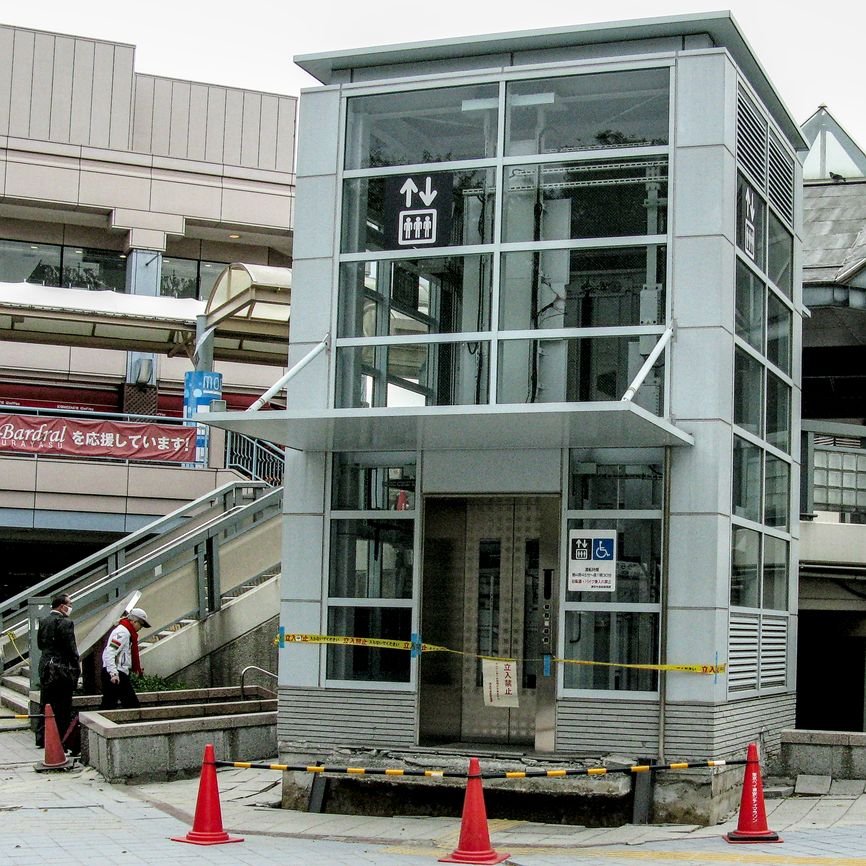
August 28, 2024 — Like many things in life, Japanese earthquake insurance is complicated. But it can be worth buying, and it’s readily available, despite Japan’s history of seismic activity. At the end of 2022, 35% of the nation’s households had earthquake insurance.
Buying Japanese earthquake insurance
Earthquake insurance is only sold as a rider (endorsement) to a fire insurance policy. Fire insurance does not cover losses from fires caused or spread by an earthquake. You can add coverage to an existing fire insurance policy, but not if an earthquake warning is in effect.
Earthquake insurance is available in terms of one to five years. Due to the retrocession agreement mentioned below, there is no difference in coverage or premiums among insurers.
Coverage
Earthquake insurance covers loss or damage to residential buildings and personal property through fire, destruction, burial or flooding. The loss can be caused directly or indirectly by an earthquake, volcanic eruption or tsunami.

The sum insured ranges from 30% to 50% of the cover provided in the fire insurance policy. Coverage is limited to ¥50 million (~US$350,000) per building and ¥10 million for personal property.
Losses are considered total (100% of the insured item’s value), “large half loss” (60%), “small half loss” (30%) or partial (5%). The amount payable is based on the depreciated value of the insured property.
Exclusions
Loss or damage is excluded if it is caused by gross negligence, willful or illegal acts, theft, war or insurrection, or if it occurs 10 or more days after an earthquake.
Japanese earthquake insurance does not cover jewelry and antiques valued at more than ¥300,000 per item or set, currency, securities or automobiles. Gates, fences and other nonstructural items are also excluded.
Premiums
Japanese earthquake insurance premiums are based on the dwelling’s location and construction material. Wooden structures cost more to insure than concrete. Tokyo, Chiba, Kanagawa and Shizuoka are the most expensive locations.

Discounts are available for long-term policies, buildings constructed after 1981 and dwellings designated as earthquake-resistant or seismically isolated. A discount is offered for homes rated as earthquake-resistant on the Housing Quality Assurance Act’s three-point scale. Discounts cannot be combined, but premiums are tax-deductible.
By way of illustration, ¥20 million of basic earthquake insurance on a non-wooden dwelling in Tokyo built in 2001 would cost ¥55,000 per year.
Reinsurance
Japanese earthquake insurance is regulated by the Law Concerning Earthquake Insurance (Law No. 73, 1966). Coverage is provided by non-life insurance companies, which are reinsured by the Japan Earthquake Reinsurance Company. JER, in turn, has retrocession (risk sharing) agreements with the non-life insurance companies and the Japanese government.
There is an aggregate liability limit of ¥12.0 trillion for any one earthquake, with the contribution of JER, the non-life insurance companies and the government varying according to the claims payable. If total losses exceed ¥12.0 trillion, insurance companies can reduce payouts to policyholders. By comparison, the 2011 Great East Japan Earthquake resulted in claims of about ¥12.3 trillion.
More information
More English-language information about Japanese earthquake insurance is available from the General Insurance Rating Organization of Japan, the Japan Earthquake Reinsurance Company and the General Insurance Association of Japan.
Click here for more articles about property in Japan.
Christopher Dillon is the author of the Landed series of property books. The second edition of Landed Japan is available from Amazon.
* * *